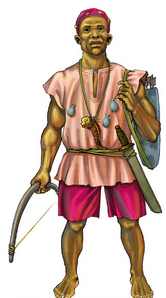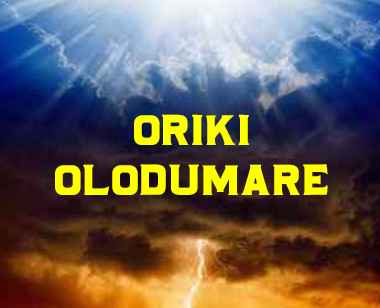
support@yorubalibrary.com
+2348073529208, 07038599574

During the last lesson, we discussed about pronouns in Yoruba Language and how they are used in expressions. Today, we shall proceed in our free Yoruba lessons by learning about shapes and colours.
Building your vocabulary is a crucial part of learning Yoruba language. In this lesson, we'll focus on essential words for colors, shapes, and everyday objects in Yoruba. These words will help you describe your surroundings and engage in simple conversations. By learning these fundamental terms, you'll be able to express yourself more effectively and enhance your understanding of the Yoruba language.
COMMON COLOURS AND SHAPES
Let's begin with the basics: colors and shapes.
Colours
a) Pupa: Red
b) Àwọ̀ ewéko: Green
d) Olomi Aro: Blue
e) Dúdú: Black
e) Funfun: White
f) Àwọ̀ osàn: Orange
g) Àwọ̀ eérú: Grey
Shapes:There are different shapes and we have Yoruba names associated with each, for the sake of simplicity, we shall look into few shape names.
1) Onígun mẹ́rin: Square
2) Onígun mẹ́ta: Triangle
3) Onígun mẹ́rin gígùn: Rectangle
Everyday Objects and Their Yoruba Names:
Now, let's explore some common objects you'll encounter in daily life.
• Ilé: House
• Ọkọ̀: Car
• Ìwé: Book
• Táàbìlì: Table
• Àga: Chair
• Ero Ibanisoro: Phone
• Aago: Clock/Watch
• Oúnjẹ: Food
• Omi: Water
• Aṣọ: Cloth
• Bọ́ọ̀lù: Ball
• Àpótí: Box
• Òpópó: Street
• Ọjà: Market
• Ilé-ìwé: School
Describing Objects in Simple Sentences:
Putting these words into practice is key. Here are some examples of simple sentences describing objects:
| Example Statements | English Interpretation |
|---|---|
| Ọkọ̀ mi ni àwọ̀ pupa | My car is red. |
| Àga náà ní ìrísí onígun mẹ́rin | The chair has a square shape. |
| Ìwé náà funfun | The book is white. |
| Bọ́ọ̀lù náà pupa | The ball is red |
| Ile náà ní ìrísí onígun mẹ́rin gígùn | The house has a rectangular shape. |
| Aṣọ mi àwọ̀ olomi aro | My clothes are blue |
| Aago náà ni awo osan | The clock is brown |
Tips for Learning:
• Use flashcards to memorize colors, shapes, and object names.
• Practice describing objects around you in Yoruba.
• Listen to native Yoruba speakers to improve your pronunciation.
• Use pictures to help memorize vocabulary.
Conclusion:
Learning colors, shapes, and everyday objects is a fundamental step in building your Yoruba vocabulary. These words will enable you to describe your surroundings and engage in simple conversations. By practicing regularly, you'll gain confidence and fluency. Remember to keep practicing and expanding your vocabulary.
If you have any question, suggestion or contribution, you can use the comment section below.

Learn about the Yoruba concept of Ìwà Pẹ̀lẹ́ (good…

Learn special praises for Divine Being and Creator…